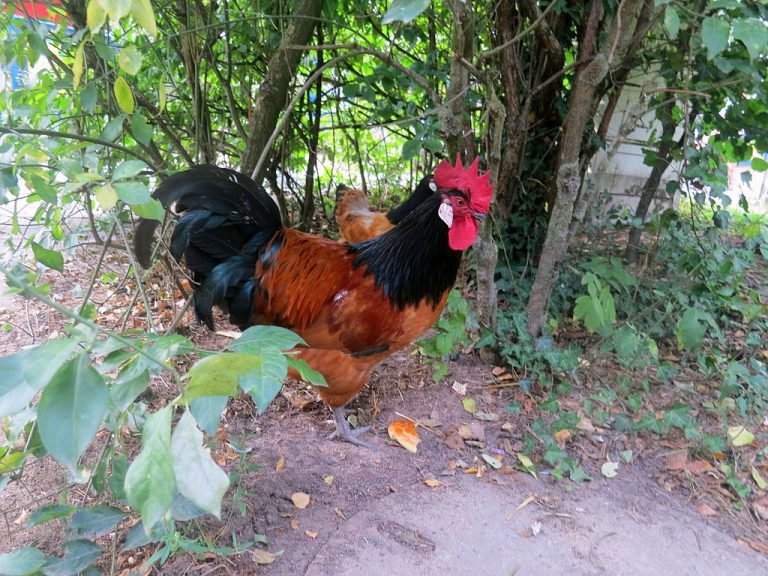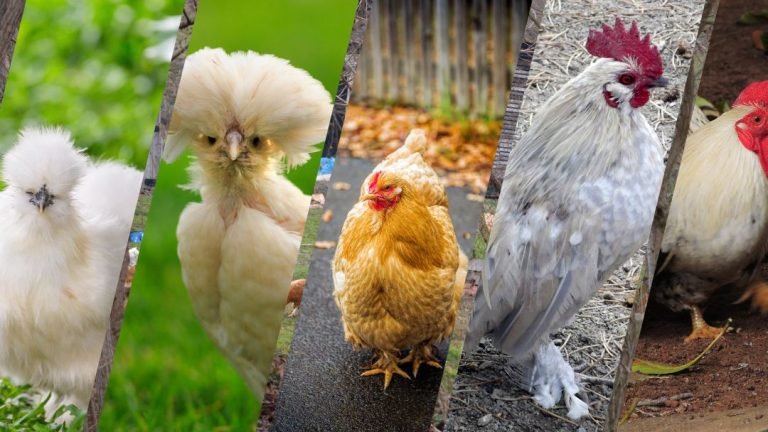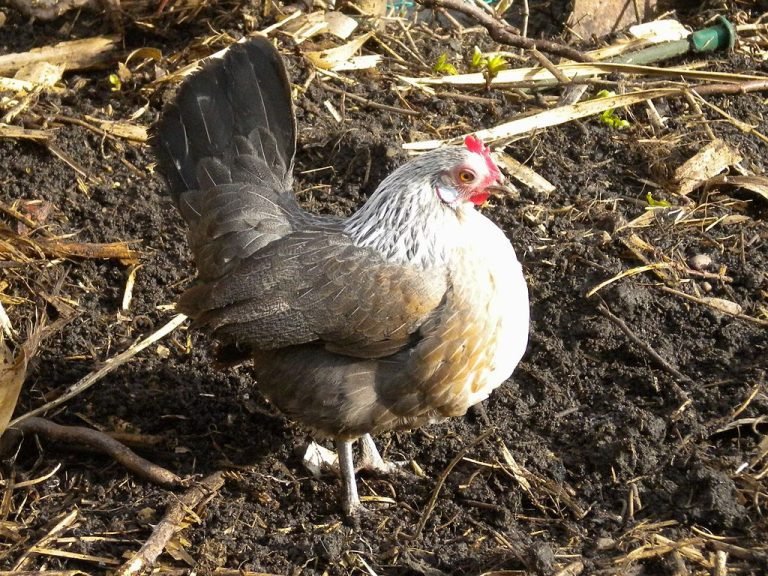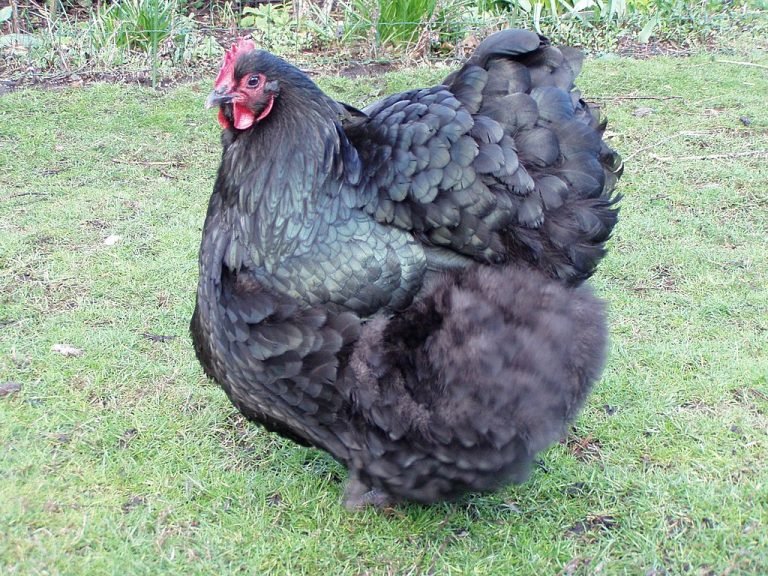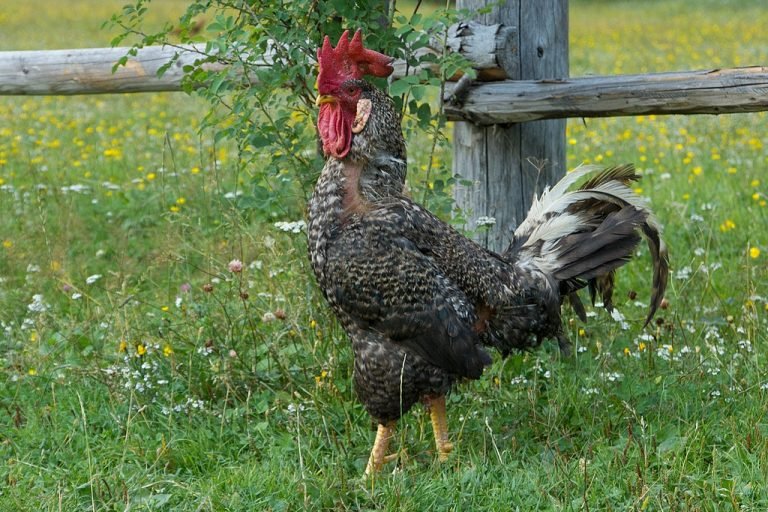The Hamburg chicken breed is known for its striking appearance and active nature, making it a popular choice among poultry enthusiasts. With its distinct spangled plumage and elegant carriage, the Hamburg chicken is a picturesque addition to any flock.
Originating from Holland, these chickens are prized for their high egg production and ability to forage. They are generally small in size, making them well-suited for backyard chicken coops. Additionally, their friendly and curious disposition makes them a great choice for families with children.
Whether for show or practical purposes, the Hamburg chicken breed offers both beauty and productivity in one package.
History
The Hamburg Chicken breed has a rich history dating back to the 14th century, originating in Germany. Known for their striking appearance and excellent egg-laying capabilities, Hamburg chickens have remained popular among poultry enthusiasts worldwide.
The Hamburg chicken breed has a fascinating history that spans several centuries. Initially bred in Germany, this breed gained popularity for its ornamental qualities and its ability to regularly produce eggs. In this section, we will dive deeper into the history of the Hamburg chicken breed and explore its captivating journey through time.
Origin And Development
- Originated in Hamburg, Germany during the 14th century.
- Early Hamburg chickens were brought to England in the 16th century.
- Selective breeding in England gradually refined and standardized the breed.
Popularity And Decline
- Hamburg chickens gained popularity in the nineteenth century for their exhibition quality.
- Their striking appearance and elegant carriage made them a favorite among poultry enthusiasts.
- However, their popularity declined with the rise of larger and heavier meat-producing breeds.
Modern Status
- Considered a rare breed in the United States and elsewhere.
- Dedicated breeders and enthusiasts are working towards preserving and promoting the breed.
- The Hamburg chicken breed is recognized by various poultry associations worldwide.
The history of the Hamburg chicken breed is a testament to their enduring charm and usefulness. From their origins in Germany to their prominence in England and subsequent decline, these ornamental and productive birds continue to captivate poultry enthusiasts today.
By understanding their history, we can appreciate their unique qualities and contribute to the preservation of this remarkable breed.
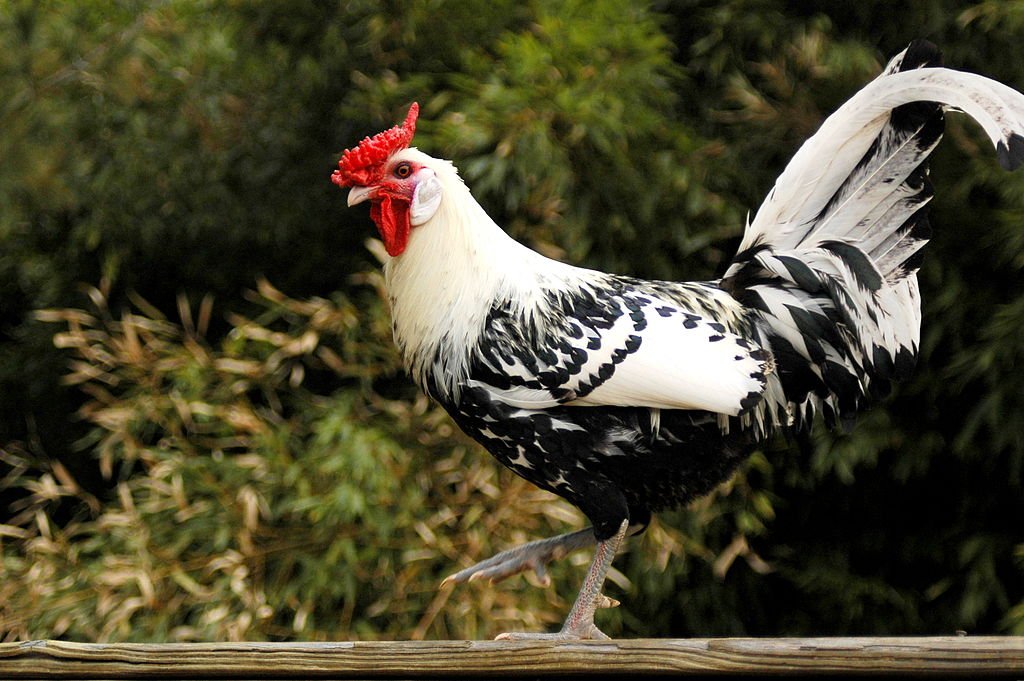
General Characteristics
The Hamburg Chicken breed is known for its distinctive plumage that comes in various colors and patterns. This breed is active, alert, and an excellent forager, making it a popular choice for backyard chicken enthusiasts.
The Hamburg chicken breed is known for its distinctive appearance and unique qualities. This breed originated in the Netherlands and was later developed in England. Here are the general characteristics of Hamburg chickens:
- Size: Hamburgs are small to medium-sized chickens with a compact and well-proportioned body.
- Plumage: They have a tight, sleek, and glossy feathering that is typically black or white, although other color variations exist.
- Comb: Hamburgs are recognized for their striking rose comb, which sets them apart from other breeds.
- Size of Comb: The comb is medium-sized, well-defined, and evenly serrated.
- Wattles and Earlobes: Hamburgs have small, neat wattles and medium-sized, smooth earlobes.
- Beak: These chickens have short, sturdy, and slightly curved beaks.
- Eyes: Their bright and alert eyes are usually dark brown.
- Legs and Feet: Hamburgs have well-shaped, strong legs that are set well apart. Their feet are clean and unfeathered.
- Weight: On average, adult Hamburg chickens weigh around 4 to 5 pounds.
Hamburgs are known for their energetic and active nature. They are excellent foragers and adapt well to free-ranging environments. With their sprightly disposition and ability to fly short distances, they require ample space and do their best when allowed to explore.
These chickens have a reputation for being good egg producers, laying medium-sized, white-shelled eggs. They are also known for their longevity, often living up to 8 years or more if well cared for. The Hamburg chicken breed is a delightful addition to any backyard flock, adding beauty and liveliness to the overall ambiance.
Temperament
The Hamburg chicken breed is not just known for its stunning appearance and egg-laying capabilities, but also for its unique temperament. These chickens have a distinct personality that sets them apart from other breeds. Whether you’re a first-time chicken owner or a seasoned enthusiast, understanding the temperament of the Hamburg breed is crucial for creating a harmonious environment for your flock.
Here, we explore the different aspects of the Hamburg breed’s temperament:
Enthusiastic And Active
- These chickens are naturally energetic and active, constantly on the move in search of something interesting.
- They thrive in environments with plenty of space to roam and explore, making them an ideal choice for free-range setups.
- Hamburgs are excellent foragers, eagerly scratching the ground to uncover tasty insects and vegetation.
Friendly And Social
- Hamburgs are known for their friendly demeanor and sociable nature, making them great companions for both humans and other chickens.
- They readily interact with their owners, often seeking attention and eagerly awaiting treats.
- These chickens enjoy being part of a flock and thrive when in the company of their fellow feathered friends.
Independent And Curious
- Hamburgs possess a natural curiosity, constantly exploring their surroundings and investigating new objects or areas.
- They are highly independent birds and tend to have a mind of their own, demonstrating a certain level of self-sufficiency.
- Despite their independence, Hamburgs are known to form strong bonds with their owners, often showing signs of affection and loyalty.
Alert And Flighty
- The Hamburg breed is inherently alert and vigilant, always on the lookout for potential threats or predators.
- They have a strong sense of self-preservation and are quick to react to any perceived danger.
- It’s important to provide a secure and predator-proof environment for Hamburgs to ensure their safety and well-being.
Intelligent And Inquisitive
- Hamburgs are intelligent birds that quickly learn and adapt to their surroundings.
- Their inquisitive nature drives them to investigate new stimuli and solve problems they encounter.
- They can easily learn to respond to their names or various commands, making them an excellent choice for poultry shows and exhibitions.
The Hamburg chicken breed exhibits a captivating temperament that appeals to chicken enthusiasts worldwide. With their enthusiastic and active nature, friendly and social demeanor, independent and curious behavior, alertness, and intelligence, they have plenty to offer as both pets and productive flock members.
By understanding and catering to their unique temperament, you can ensure a happy and fulfilling life for your Hamburg chickens.
Comb Types
The Hamburg chicken breed is known for its unique and distinct comb types. The comb, which is the fleshy crest on top of a chicken’s head, can vary in shape and size depending on the breed. When it comes to Hamburg chickens, they have two main comb types: the rose comb and the single comb.
Let’s take a closer look at each of these comb types:
- Rose comb: The rose comb is a low, solid comb with a flat top and a smooth shape. It is small in size and fits closely to the chicken’s head. This type of comb is commonly seen in Hamburg chickens and contributes to their elegant appearance. Moreover, the rose comb offers some advantages, such as being less prone to frostbite and injuries compared to larger combs.
- Single comb: The single comb, on the other hand, is the most common comb type found in chickens. It is a long, upright comb with multiple points along its length. The single comb can be more prone to frostbite and injuries due to its larger and more exposed size. However, it does serve a purpose in regulating the chicken’s body temperature, as its size allows for better heat dissipation.
Hamburg chickens exhibit two different comb types, the rose comb and the single comb. While the rose comb offers some advantages in terms of protection and elegance, the single comb plays a role in temperature regulation. Understanding the characteristics of these comb types can help breeders and enthusiasts appreciate the diversity within the Hamburg chicken breed.
Conclusion
To sum up, the Hamburg chicken breed is a delightful and unique addition to any backyard flock. With its striking plumage and friendly temperament, it is sure to catch the attention of chicken enthusiasts. Not only is it a beautiful breed, but the Hamburg also boasts excellent foraging abilities and a high egg production rate.
Whether you’re a beginner or an experienced chicken keeper, the Hamburg is a great choice. Its small size and active nature make it suitable for small yards, while its resilience and adaptability ensure it can thrive in various climates. Furthermore, the breed’s historical significance and rarity make it a point of interest for poultry enthusiasts and history buffs alike.
So, whether you’re looking for a beautiful addition to your flock or a breed with a rich heritage, the Hamburg chicken breed is definitely one to consider.

